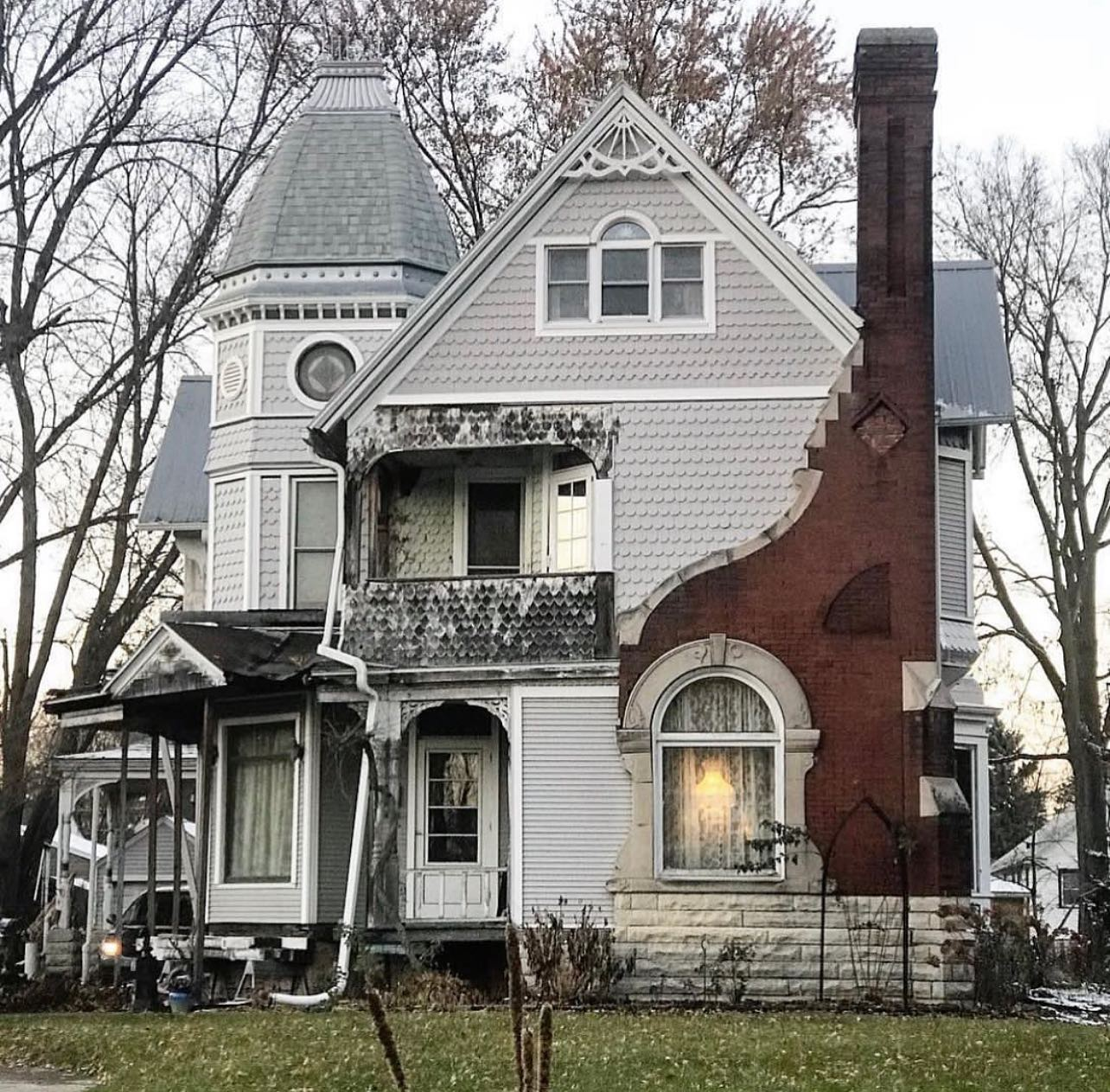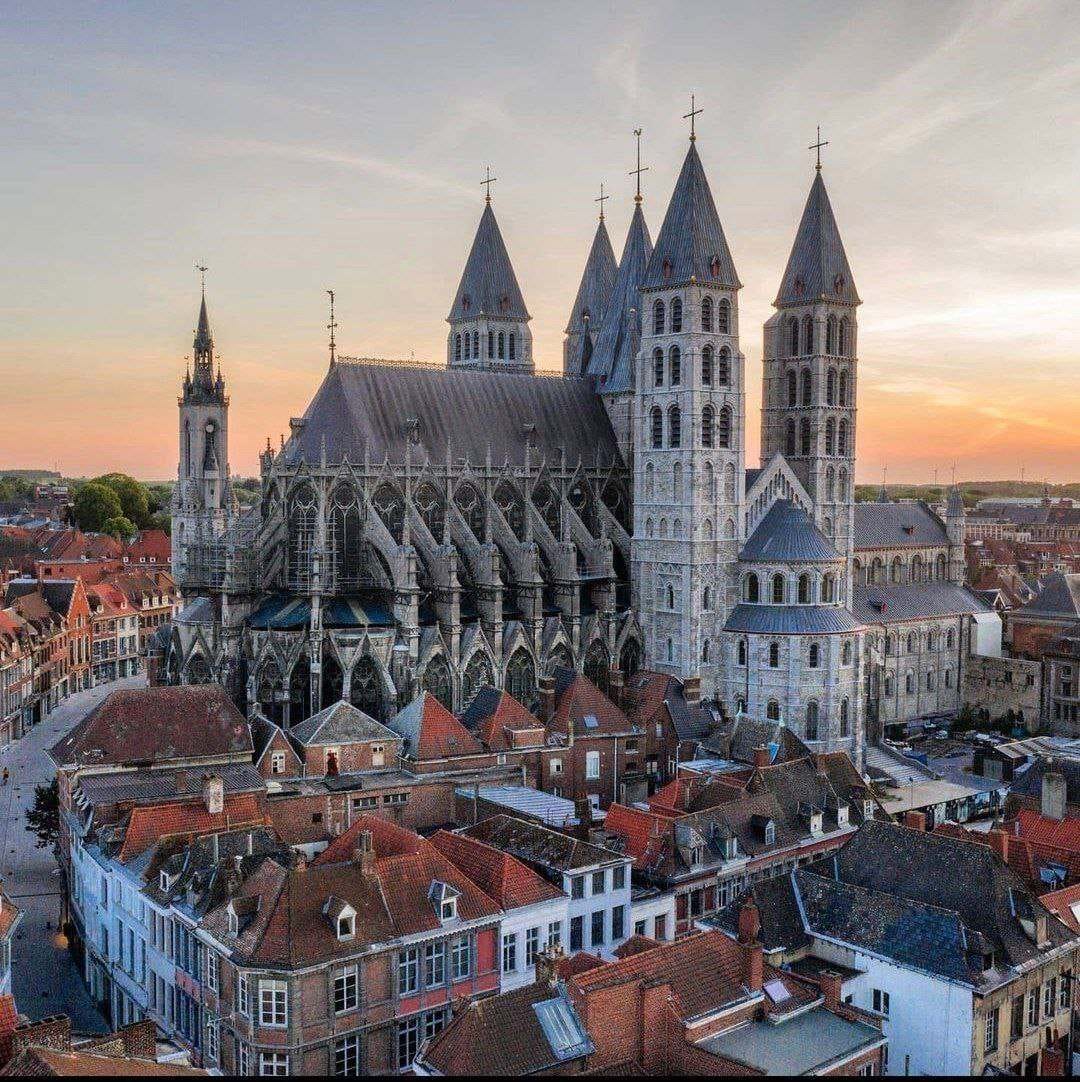The Palais Garnier, an architectural masterpiece situated in the heart of Paris, epitomizes opulence and grandeur. Completed in 1875, this magnificent edifice serves as the home of the esteemed Paris Opera. The brainchild of architect Charles Garnier, the Palais Garnier is celebrated for its lavish façade and breathtaking interior, making it one of the most iconic buildings in the world.
The building’s exterior is a showcase of lavish design, featuring a stunning array of sculptures, columns, and intricate details. The grand façade is adorned with statues representing Harmony and Poetry, flanked by muses and allegorical figures. This artistic embellishment reflects the 19th-century Beaux-Arts style, characterized by classical architectural elements and an exuberant use of decoration.
Stepping inside, visitors are greeted by an interior that dazzles with its richness and attention to detail. The Grand Staircase, constructed from white marble with red and green marble balustrades, is one of the most striking features, leading to the various levels of the auditorium. This space is lit by a magnificent chandelier and surrounded by gilded balconies and ornate ceilings, setting a tone of luxury and refinement.
One of the most captivating features of the Palais Garnier is the auditorium’s ceiling, painted by the renowned artist Marc Chagall in 1964. This colorful and imaginative work of art adds a modern touch to the historic setting, depicting scenes from famous operas and paying homage to the building’s cultural legacy.
Beyond its architectural splendor, the Palais Garnier is a vibrant cultural hub. It has hosted countless world-class performances, from opera and ballet to concerts and recitals, continuing to captivate audiences from around the globe. The combination of its historical significance, architectural beauty, and cultural contributions makes the Palais Garnier a symbol of artistic excellence and a must-visit landmark in Paris.
The Palais Garnier not only stands as a monument to 19th-century artistic ambition but also as a living institution that preserves and promotes the operatic and ballet arts. Its role in the cultural life of Paris is as vital today as it was when it first opened, continuing to inspire and enchant all who step through its grand doors.


